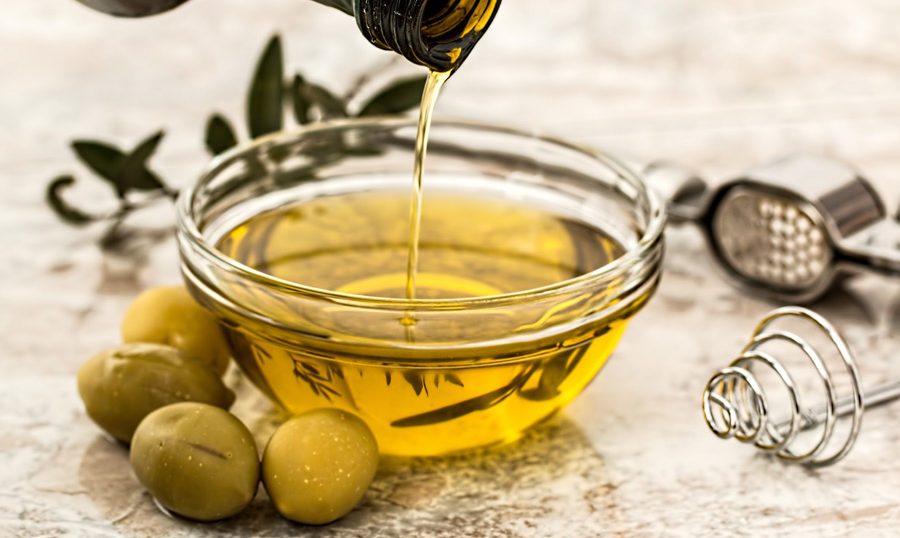Many pet owners may be getting EPA and DHA supplements prescribed at animal hospitals, but there are many types of fatty acids, each with different expected benefits. Here, we have organized the types of fatty acids, their respective effects, and differences, so please use this as a reference.
監修獣医師:林美彩 所属クリニック:chicoどうぶつ診療所

代替療法と西洋医学、両方の動物病院での勤務経験と多数のコルディの臨床経験をもつ。 モノリス在籍時には、一般的な動物医療(西洋医学)だけでは対応が困難な症例に対して多くの相談を受け、免疫の大切さを痛烈に実感する。
ペットたちの健康維持・改善のためには薬に頼った対処療法だけではなく、「普段の生活環境や食事を見直し、自宅でさまざまなケアを取り入れることで免疫力を維持し、病気にならない体づくりを目指していくことが大切である」という考えを提唱し普及活動に従事している。
所属:
目次
What are fatty acids?
Not only humans, but animals, including dogs and cats, need to consume fat as one of the three major nutrients. The components of this fat are called “fatty acids.”
When fatty acids enter the body, they are stored as energy sources in fat tissues, and they also serve as materials for constructing cell membranes, the brain, and various hormones, playing very important roles. Fatty acids are divided into several types.
Types of Fatty Acids
Fatty acids are broadly categorized into ① Saturated Fatty Acids and ② Unsaturated Fatty Acids, and further sub-categorized.
① Saturated Fatty Acids
Mainly fatty acids that serve as energy sources, they are abundantly found in fats from meat and dairy products (lard, beef tallow, etc.) and exist in solid form at room temperature.
If there is a deficiency, blood vessels may become fragile, leading to brain hemorrhages, but excessive intake can increase triglycerides and cholesterol, leading to arteriosclerosis.
Saturated fatty acids are classified into the following three types based on the number of carbon bonds.
<Long-chain Fatty Acids>
Long-chain fatty acids are the most prevalent in animal fats. Most common cooking oils also consist of these long-chain fatty acids.
Excessive intake of long-chain fatty acids can lead to tumors, so intake should be monitored. They are mainly found in coconut oil, palm oil, butter, and beef tallow.
<Medium-chain Fatty Acids>
Known for being easily digested and absorbed, these fatty acids do not accumulate in the body.
Normally, the digestion and absorption of fats require digestive enzymes and bile acids, but medium-chain fatty acids can be absorbed without these, making them easier on the body.
Their strong antioxidant properties are also expected to help with anti-aging within the body. Coconut oil and MCT oil, which have gained popularity recently, are medium-chain fatty acids.
<Short-chain Fatty Acids>
Instead of being directly consumed as fats, these fatty acids are produced when good bacteria utilize dietary fiber that has reached the intestines.
They help activate intestinal health.
They are mainly found in dairy products such as butter, cheese, and milk.
② Unsaturated Fatty Acids
These fatty acids help regulate the levels of triglycerides and cholesterol in the blood.
Abundantly found in fish and vegetable oils, they exist in liquid form at room temperature.
Unsaturated fatty acids are categorized into two types based on the number of double bonds in their carbon structure.
<Monounsaturated Fatty Acids>
Also known as n-9 polyunsaturated fatty acids, the representative fatty acid is oleic acid.
They help reduce bad cholesterol, which is a cause of arteriosclerosis, and are expected to enhance liver and intestinal functions.
They are more resistant to oxidation than polyunsaturated fatty acids.
Oleic acid is found in olive oil and almonds.
Heating these oils can cause oxidation, so it is better not to apply heat.
<Polyunsaturated Fatty Acids>
There are two types of polyunsaturated fatty acids: Omega-3 (n-3) and Omega-6 (n-6).
(1) Omega-3 (n-3) Polyunsaturated Fatty Acids
The representatives of Omega-3 fatty acids are α-Linolenic Acid and EPA/DHA.
• α-Linolenic Acid: Found in plant-based oils such as perilla (egoma) oil and flaxseed oil
・EPA/DHA⇒Fish
Alpha-linolenic acid enters the body and is converted into EPA/DHA with the help of enzymes.
⇒ For more information on EPA and DHA, read the article here: “The Potential Effects of Omega-3 (EPA/DHA) Fatty Acids”
These acids are also constituents of cell membranes and are used as materials for physiologically active substances such as prostaglandins. They help reduce triglycerides, increase good cholesterol, have anti-inflammatory effects, and prevent blood clots, potentially aiding in the prevention of lifestyle-related diseases.
Due to their effects on the autonomic nervous system, they can help alleviate stress and activate the brain’s nervous system. Deficiencies can lead to dermatitis, decreased concentration, and impaired growth.
They oxidize easily, so avoid heating them!
(2) Omega-6 (n-6) Polyunsaturated Fatty Acids
Omega-6 includes linoleic acid, gamma-linolenic acid, and arachidonic acid.
・Linoleic Acid⇒Safflower Oil and Sesame Oil
・Gamma-Linolenic Acid⇒Breast Milk and Evening Primrose Oil
・Arachidonic Acid⇒Animal Products Like Liver and Egg Whites
Linoleic acid is converted into gamma-linolenic acid, which is then converted into arachidonic acid.
Like omega-3, they are constituents of cell membranes and are used as materials for physiologically active substances. While they help reduce bad cholesterol, they also reduce good cholesterol. Excessive intake can lead to arteriosclerosis and allergic reactions.
Since heating increases the risk of oxidation, it’s better to avoid heating.
【Balance of Omega-3 and Omega-6】
It’s said that the balance between omega-3 and omega-6 polyunsaturated fatty acids is essential. The ideal intake ratio is
Omega-3: Omega-6 = 1:4
However, in modern diets, the ratio has become 1:10 to 40 due to the prevalent use of omega-6 oils.
Since most pet foods are heat-processed, it’s likely that this balance is disrupted.
Excessive intake of omega-6 can lead to allergies and inflammation. Tumors, being a form of chronic inflammation, can also potentially develop.
First, try reducing omega-6 oils and actively consuming omega-3 oils to aim for a 1:4 balance. If you use commercial pet food, you can’t change the oil ratio in the food itself, so it’s recommended to supplement with foods or supplements rich in omega-3.
However, excessive intake is also not advisable.
Excessive omega-3 can cause soft stools and a tendency to bleed. It is rare to overconsume omega-3 through food alone, but when using supplements (especially for pets already showing bleeding tendencies), make sure to adhere strictly to the recommended dosage.
Also, some dogs and cats may have enzymes that do not efficiently convert alpha-linolenic acid into EPA and DHA.
Since it’s challenging to determine the activity of these conversion enzymes, it is recommended to use forms that provide EPA and DHA directly, rather than relying on alpha-linolenic acid, when incorporating omega-3 fatty acids into the diet.
Our laboratory is conducting research on the interaction between fatty acids and Cordy, with a particular focus on the interaction between krill oil, which contains EPA/DHA extracted from Antarctic krill, and Cordy.
If you have any questions, please feel free to contact us.
監修獣医師:林美彩 所属クリニック:chicoどうぶつ診療所

代替療法と西洋医学、両方の動物病院での勤務経験と多数のコルディの臨床経験をもつ。 モノリス在籍時には、一般的な動物医療(西洋医学)だけでは対応が困難な症例に対して多くの相談を受け、免疫の大切さを痛烈に実感する。
ペットたちの健康維持・改善のためには薬に頼った対処療法だけではなく、「普段の生活環境や食事を見直し、自宅でさまざまなケアを取り入れることで免疫力を維持し、病気にならない体づくりを目指していくことが大切である」という考えを提唱し普及活動に従事している。
所属:

この記事が気に入ったら
いいね ! しよう





